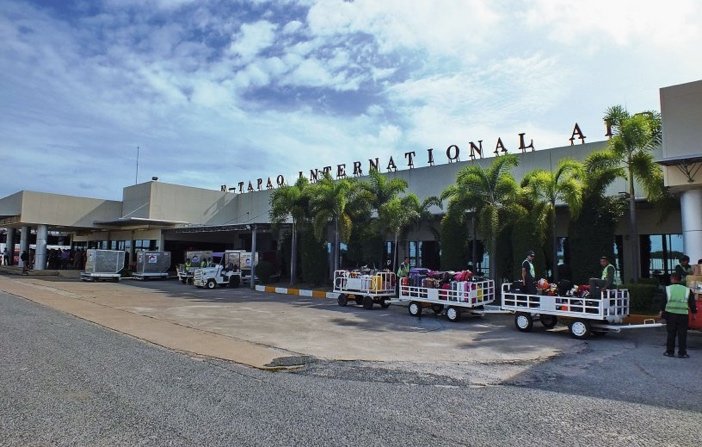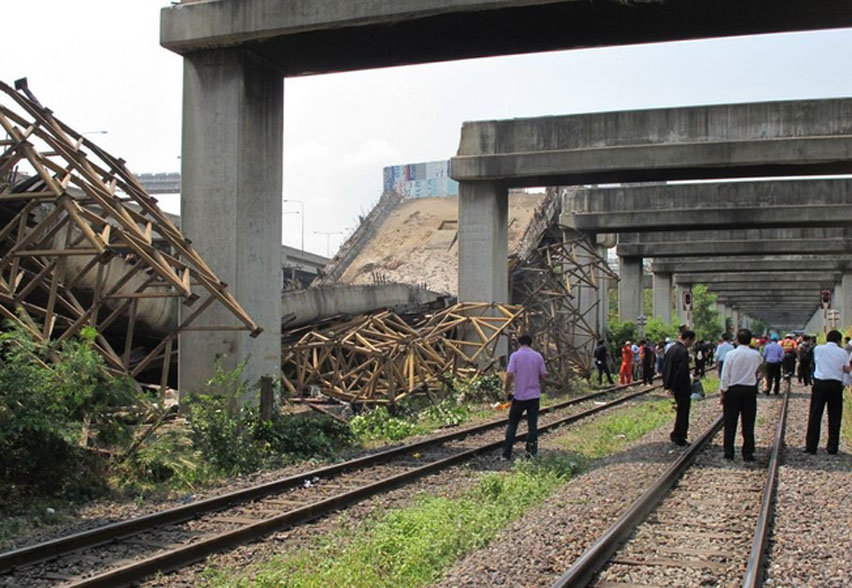Mega projects in Kayin State like Hatgyi dam risk delays, as the rebel group and affected villagers are renewing efforts to fight against the investment.
Villagers in Myanmar will this week submit a petition to Thailand’s human rights commission, seeking protection. Meanwhile, the rebel group threatened to stop the project.
The Hatgyi Dam is located about 47 kilometres from the Thai-Myanmar border. The project’s investment will come from China’s Sinohydro Corp and Egat International Co, a subsidiary of Electricity Generating Authority of Thailand. With an installed capacity of 1,360 megawatt, the project is estimated to cost US$2.6 billion.
It is part of the Myanmar government’s ambitious aim to increase its electricity capacity by seven folds within 15 years. A number of 20 hydropower plants are part of the plan. It is also part of Egat’s plan to satisfy the energy thirst in Thailand.
Deputy Commander-in-chief General Baw Kyaw Hei from the Karen National Union (KNU) also said last week that such projects could jeopardise the ongoing peace talk.
“We have three objectives. The first is to reach a ceasefire agreement, the second is for political dialogue, and the last is to build basic infrastructure and develop megaprojects. However the government started this megaproject achieving a ceasefire agreement. The consequences of this project could damage everything, and we do not accept this,” the deputy commander-in-chief told Myanmar and Thai media.
He said that the plan made headlines in 2006, but works just started some time this year in preparation for the dam construction.
“The area where the project will be located is still controlled by KNU. If what we heard is true, this will create serious problems,” said the KNU general.
Sources said that the KNU has not received official details about the dam project. Although the construction of the dam has not begun yet, the clearance to begin construction has already been issued.
At present, the Myanmar Army is building roads and deploying more troops into the area of the proposed dam site. They have also supplied more ammunition for its regiments in the area. The army cleared a field to serve as a landing pad for its helicopters. Locals are starting to feel as though their lives are in danger, he said.
KNU began a dialogue with the government in 2012, and although the government accepted the KNU’s three objectives, none have fully materialised yet.
Once completed, most of the electricity generated by the Hatgyi dam will be exported to Thailand.
According to Karen human rights groups, in the middle of 2009, the Burma Army and Democratic Karen Buddhist Army (DKBA) attacked the Karen National Union (KNU) based in Pa-an. As a result, about 3,500 villagers, mostly women and children, fled across the Thai border into the Tha Song Yang district of Tak. The clashes took place only 17 kilometres from the dam site, very close to the access road from the Thai border to the project site and along the route of the proposed power transmission line.
Hatgyi is one of six dam projects planned on the Thanlwin River, known internationally as Salween. Myanmar Deputy Minister of Electric Power recently informed Parliament that the projects had been approved in February 2013.
According to International Rivers, a non-government organisation, among the major environmental costs of the cascade, the Hatgyi Dam will flood two wildlife sanctuaries in Karen State, the Tasang Dam will flood pristine teak forests, and the Weigyi Dam will inundate parts of the Kayah-Karen Montaine Rainforests, Salween National Park, and Salween Wildlife Sanctuary.
Salween Watch, a coalition of civil society groups, said earlier this year that the recent escalation of fighting and displacement in Kayin state was linked to the Union army’s aim to clear the way for the planned Hatgyi Dam on the Thanlwin River. It also urged Egat to withdraw its investment in the project.
Source: http://www.nationmultimedia.com/aec/Unclear-future-of-Hatgyi-dam-30248335.html


